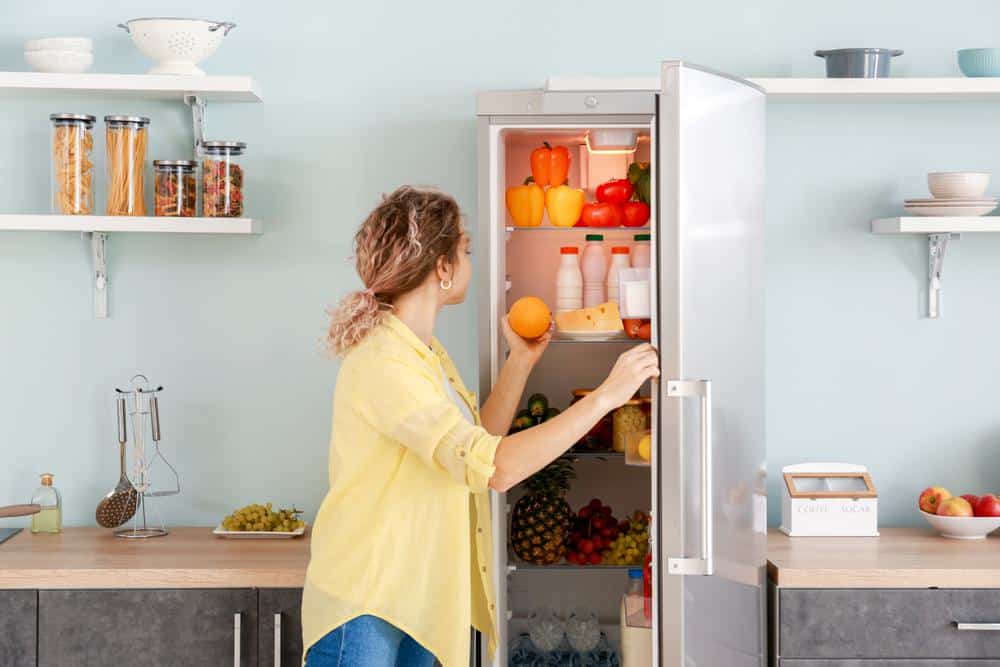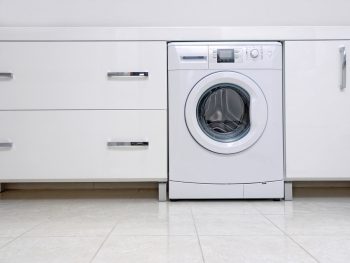
If you’ve ever opened your refrigerator to find your food spoiling faster than usual or noticed an unusual amount of condensation, you may have wondered, “Why is the temperature in my fridge too high?” This article will delve into the possible reasons behind this issue, the impact of overstuffing or underfilling your fridge, and when you should seek professional help.
The temperature in your fridge might be too high due to a number of reasons. These could include incorrect temperature settings, overfilling or blocked vents that prevent proper air circulation, dirty condenser coils that lead to poor cooling, or faulty or dirty gaskets causing the fridge to lose cold air. If you’ve checked these factors and the problem persists, it may be time to seek professional help.
Understanding Your Fridge’s Temperature Regulation
To understand why your fridge’s temperature might be too high, it’s important to know how a fridge’s temperature regulation system works. A fridge uses a thermostat to control the compressor, which in turn controls the flow of refrigerant through the cooling system. The thermostat monitors the temperature inside the refrigerator and when it senses the temperature is too high, the compressor is switched on, initiating the cooling process.
However, variations in the external environment, such as high room temperature or insufficient space around the refrigerator, can affect its cooling ability. If your refrigerator is situated too close to heat sources like ovens or exposed to direct sunlight, it can lead to warmer internal conditions.
Possible Causes of High Fridge Temperature
There are several possible reasons that could cause a refrigerator’s temperature to rise. These include:
- Incorrect temperature settings: The temperature dial might have been accidentally changed, causing fluctuations in the refrigerator’s temperature.
- Overfilling or blocked vents: Overfilling the refrigerator or blocking the vents with food can cause temperature fluctuations, as it prevents proper air circulation.
- Dirty condenser coils: Dirty condenser coils can cause poor cooling, as they have to work harder to expel heat from inside the device.
- Faulty or dirty gaskets: Dirty or faulty gaskets can cause the refrigerator to lose cold air, leading to a rise in temperature.
The Impact of Overstuffing or Underfilling Your Fridge
Striking a balance between overstuffing and underfilling your fridge is crucial to maintaining its temperature. Overstuffing can block the flow of air from the vents, causing the fridge’s motor to work harder, while underfilling means the fridge has to work harder to maintain the right temperature.
Troubleshooting a Warm Fridge
If your fridge is too warm, there are several steps you can take to troubleshoot and fix the issue. These include checking and adjusting the thermostat settings, removing any obstructions, inspecting the door gasket seal, cleaning the condenser coils, checking the evaporator fan, examining the defrost system, testing the temperature control thermostat, and inspecting the control board.
When to Seek Professional Help
If you’ve tried troubleshooting the issue yourself and the fridge still isn’t cooling properly, it’s time to call a professional technician for assistance. A professional can diagnose and fix the problem, ensuring your fridge operates efficiently and maintains the appropriate temperature to keep your food safe and fresh.
In conclusion, there are several reasons why the temperature in your fridge might be too high, from incorrect settings to overstuffing. Understanding these factors and how to troubleshoot them can help you maintain the optimal temperature in your fridge and extend the life of your appliance.
Frequently Asked Questions
What is the ideal temperature setting for my fridge?
The ideal temperature setting for your fridge is between 35 and 38 degrees Fahrenheit (or 1.7 to 3.3 degrees Celsius). This temperature range is cold enough to prevent bacterial growth but not so cold that items freeze unnecessarily.
How often should I clean my fridge’s condenser coils?
The condenser coils should be cleaned at least twice a year. If you have pets or your fridge is in a dusty area, you might need to clean them more often.
How can I check if my fridge’s door gasket is faulty?
You can check the door gasket by performing a simple dollar bill test. Close the fridge door on a dollar bill and try to pull it out. If it slides out easily, your door gasket might be faulty and need replacing.
Can overstuffing my fridge lead to higher energy consumption?
Yes, overstuffing your fridge can lead to higher energy consumption. When air circulation is blocked due to overstuffing, the fridge has to work harder to maintain the right temperature, leading to increased energy use.
How much space should there be around my refrigerator for optimal performance?
As a general rule, there should be at least 1 inch (2.5 cm) of space on each side of the fridge and at least 2 inches (5 cm) of space at the back for proper air circulation.












